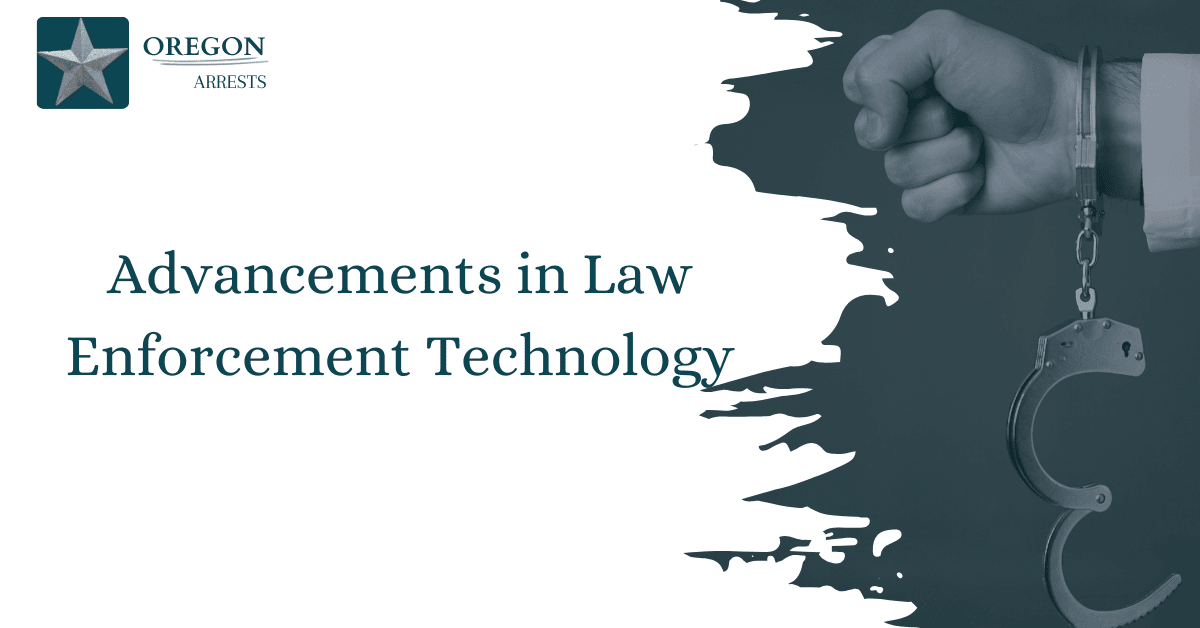Advancements in Law Enforcement Technology
Law enforcement technology has undergone significant advancements in recent years, revolutionizing the way crimes are prevented, investigated, and solved. From innovative surveillance systems to cutting-edge forensic techniques, the field of law enforcement has embraced technological progress to enhance public safety and combat criminal activities effectively.
With the integration of artificial intelligence, big data analysis, and predictive modeling, law enforcement agencies now have access to powerful tools that enable them to streamline operations and respond to incidents swiftly. These advancements in technology not only improve the efficiency of law enforcement efforts but also contribute to building safer communities for everyone.
Improvements in Technology for Law Enforcement
Advancements in technology have significantly transformed law enforcement, enhancing both efficiency and effectiveness. Tools like predictive analytics and artificial intelligence enable agencies to proactively identify potential threats and allocate resources more strategically. Additionally, body-worn cameras and digital evidence management systems have revolutionized accountability and transparency in policing, fostering trust within communities. Mobile applications and communication platforms streamline data sharing and collaboration among law enforcement agencies, leading to faster response times and improved coordination in addressing complex criminal activities.
Revolutionizing Crime Combat and Public Safety
Law enforcement agencies in Oregon and across the nation are experiencing a transformation in the way they combat crime and ensure public safety, thanks to advancements in technology. From predictive policing algorithms to real-time crime mapping, these innovative tools are revolutionizing the way law enforcement professionals approach their work. By leveraging data analytics and artificial intelligence, agencies can now identify crime hotspots, allocate resources more efficiently, and ultimately prevent criminal activity before it occurs.
One key area where technology is making a significant impact is in the realm of surveillance and forensics. With the advent of high-definition cameras, drones, and other monitoring devices, law enforcement agencies in Oregon have access to a wealth of information that was previously unavailable. This data can be crucial in solving crimes, identifying suspects, and gathering evidence for prosecution. By embracing these new tools, agencies are empowering themselves to work more effectively and efficiently than ever before.
Empowering Agencies with Surveillance and Forensics
In addition to surveillance and forensics, law enforcement agencies in Oregon are also benefiting from advancements in artificial intelligence and data analytics. These technologies allow agencies to sift through vast amounts of data, identify patterns, and predict potential criminal activity with a high degree of accuracy. By harnessing the power of AI, agencies can proactively address crime trends, allocate resources strategically, and ultimately keep communities safer.
Another crucial aspect of modern law enforcement technology is the use of body cameras and dash cams. These devices provide transparency and accountability by capturing interactions between officers and the public. In Oregon, the use of body cameras has been shown to reduce the number of complaints against officers, improve evidence collection, and enhance trust between law enforcement and the communities they serve. By embracing this technology, agencies are promoting a culture of accountability and professionalism.
Enhancing Efficiency with AI and Data Analytics
Law enforcement agencies in Oregon are also turning to drones to improve search and rescue missions. These unmanned aerial vehicles can cover large areas quickly, provide real-time video footage, and locate missing persons in remote or hard-to-reach locations. By deploying drones, agencies can enhance their search and rescue capabilities, save valuable time in emergency situations, and ultimately save lives.
Furthermore, GPS tracking systems are playing a vital role in law enforcement operations in Oregon. By equipping officers and vehicles with GPS technology, agencies can monitor their whereabouts in real-time, coordinate responses to incidents more effectively, and ensure the safety of their personnel. This technology is particularly valuable in high-risk situations, such as pursuits or searches, where every second counts.
Promoting Transparency with Body Cameras and Dash Cams
As technology continues to evolve, the future of law enforcement looks promising. Continued innovations in areas such as biometrics, predictive analytics, and cybercrime prevention are poised to further enhance the capabilities of agencies in Oregon and beyond. By staying at the forefront of technological advancements, law enforcement professionals can better protect and serve their communities, uphold the rule of law, and ensure a safer future for all.
In conclusion, the advancements in law enforcement technology are ushering in a new era of crime combat, public safety, and efficiency for agencies in Oregon and beyond. By embracing these tools and technologies, law enforcement professionals can better protect their communities, prevent crime, and ultimately make the world a safer place for all.
Frequently Asked Questions
Our goal is to provide you with all the information you need about advancements in law enforcement technology. Here are some commonly asked questions and detailed explanations to help you understand this topic better.
What are some recent advancements in law enforcement technology?
Recent advancements in law enforcement technology include body cameras, predictive policing software, drones for surveillance, and facial recognition technology. These tools help law enforcement agencies improve efficiency, effectiveness, and public safety.
How do body cameras benefit law enforcement officers?
Body cameras worn by law enforcement officers provide transparency and accountability in their interactions with the public. They can help gather evidence, protect officers from false accusations, and improve community relations.
What is predictive policing software and how does it work?
Predictive policing software uses data analysis and algorithms to forecast where and when crimes are likely to occur. This information helps law enforcement agencies allocate resources more effectively, prevent crimes, and reduce response times.
Are there privacy issues with facial recognition tech?
Yes, there are privacy concerns related to the use of facial recognition technology. Critics argue that it can lead to mass surveillance, invasion of privacy, and potential misuse of personal data. It is essential for law enforcement agencies to address these concerns while using this technology.
How are drones used in law enforcement operations?
Drones are used in law enforcement operations for various purposes, including search and rescue missions, surveillance of crime scenes, monitoring traffic, and crowd control. They provide law enforcement agencies with a cost-effective and efficient way to gather information and respond to emergencies.
Tech adoption challenges for law enforcement?
Some challenges faced by law enforcement agencies in adopting new technologies include budget constraints, training requirements, data privacy concerns, and resistance to change from personnel. It is crucial for agencies to address these challenges to successfully implement and benefit from advancements in law enforcement technology.







